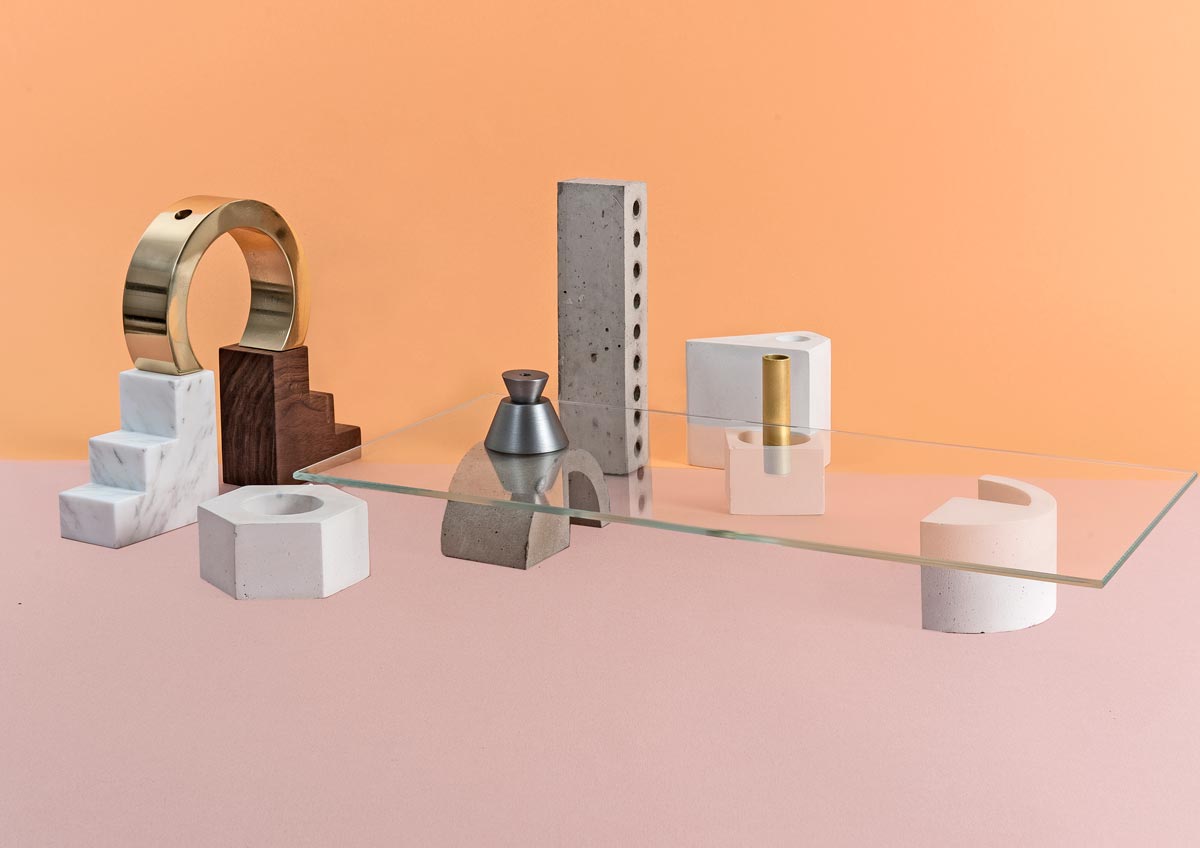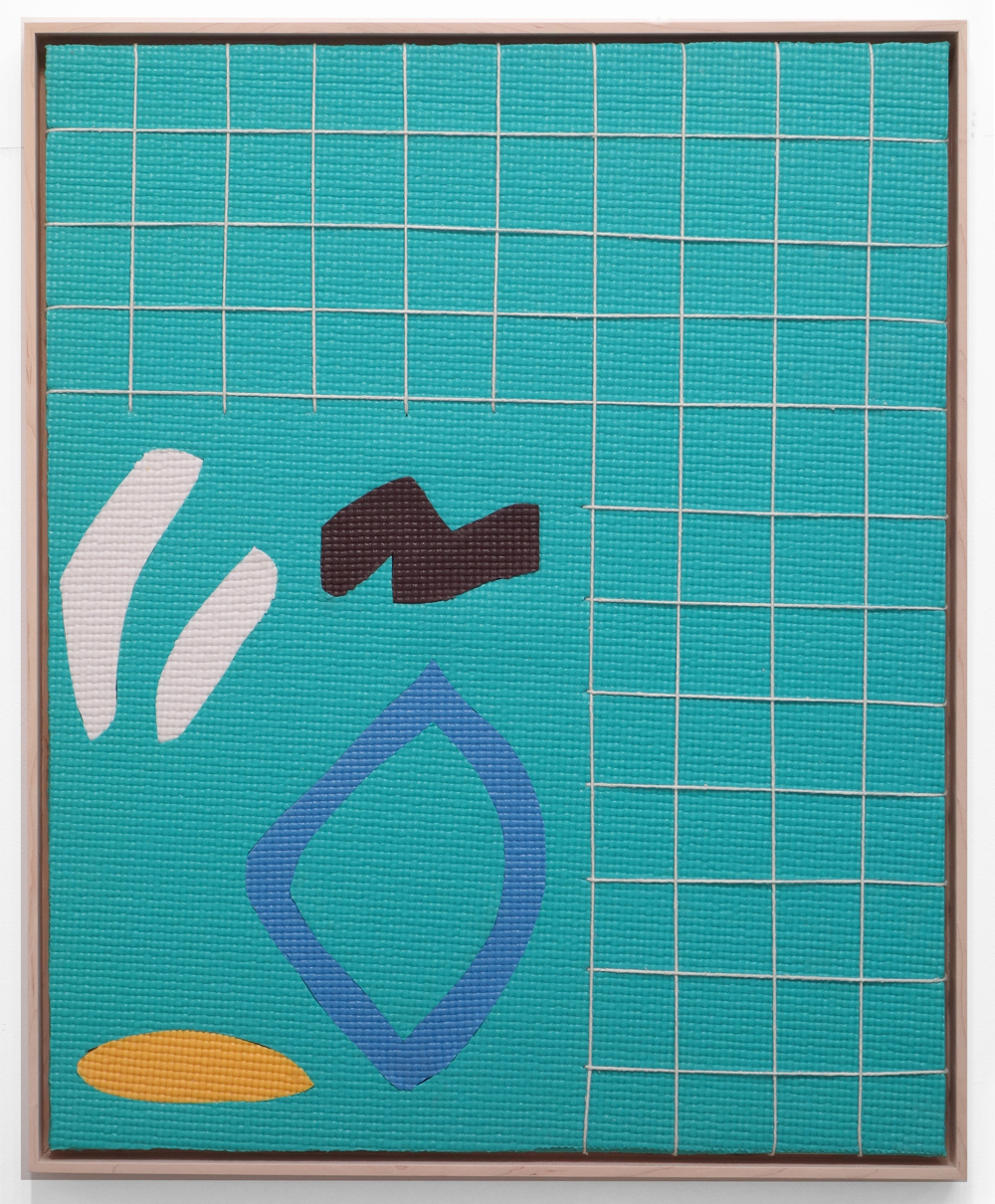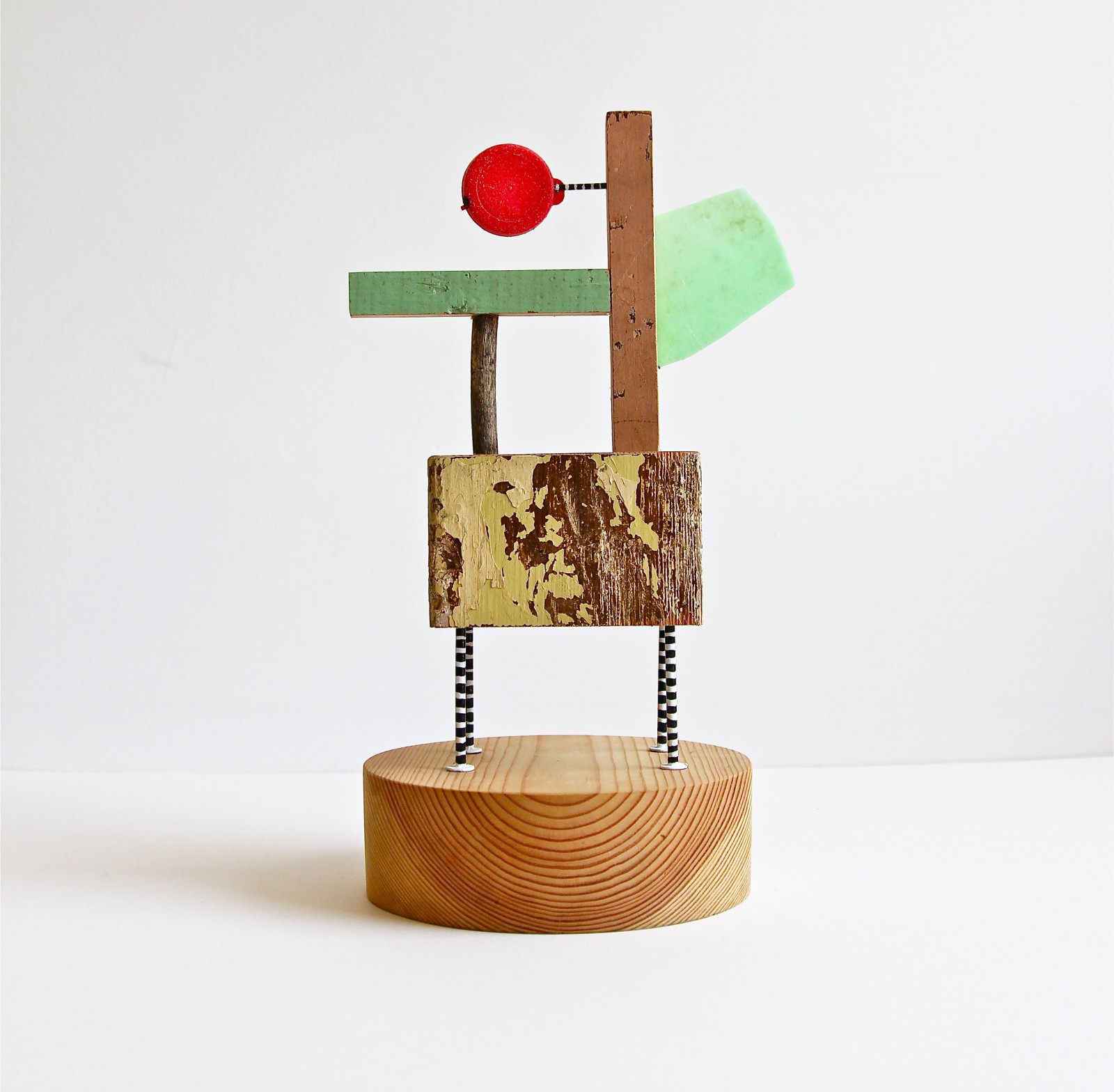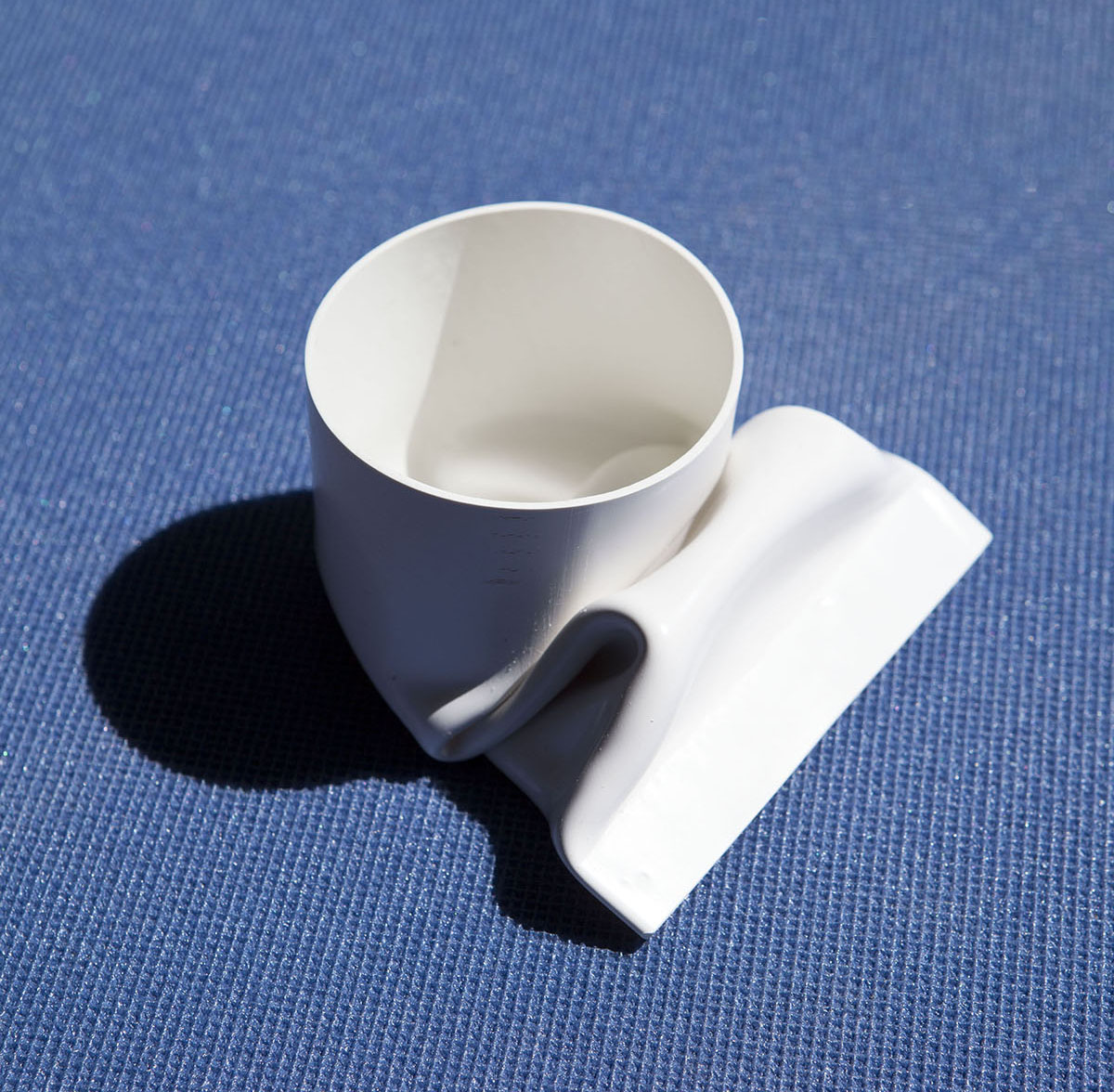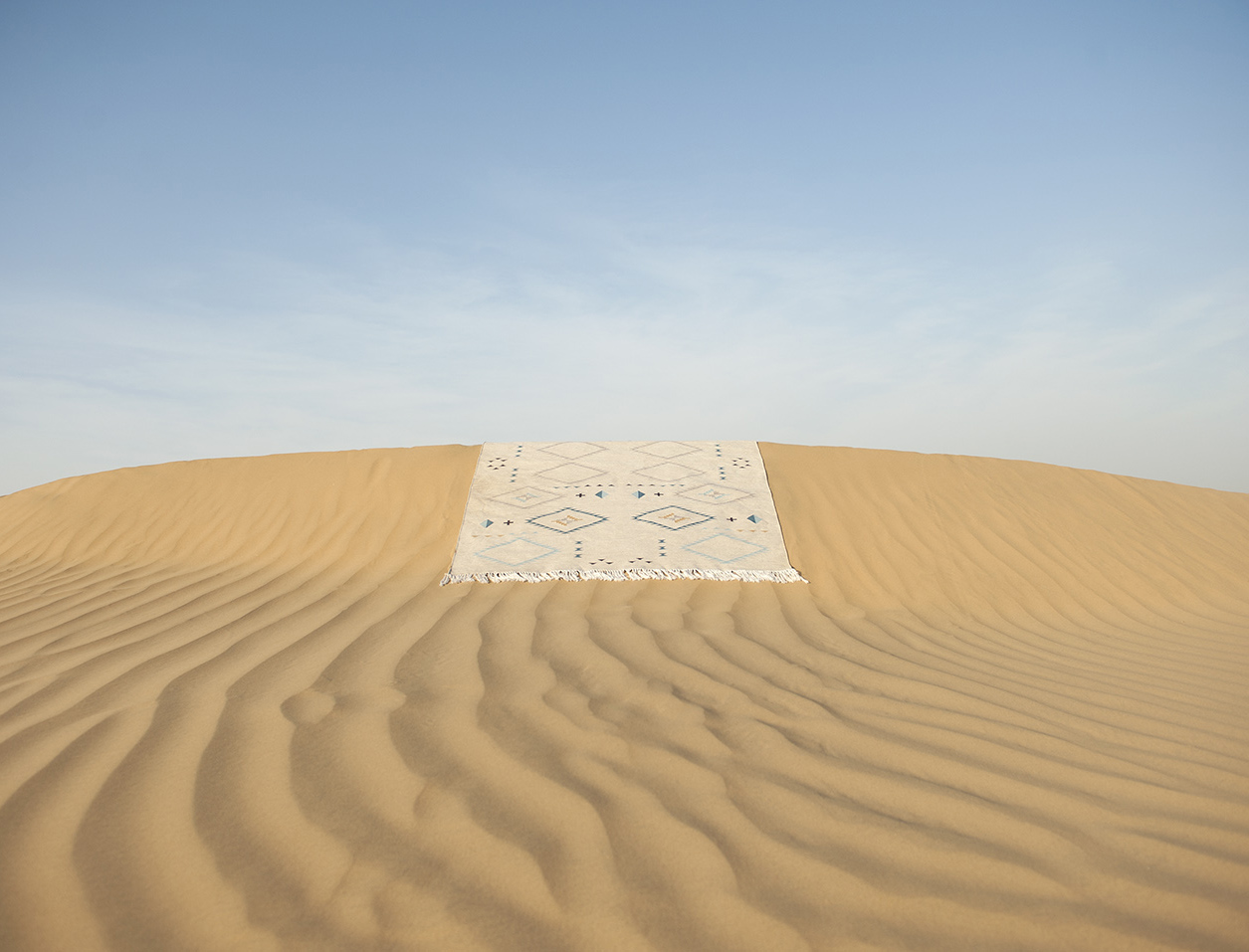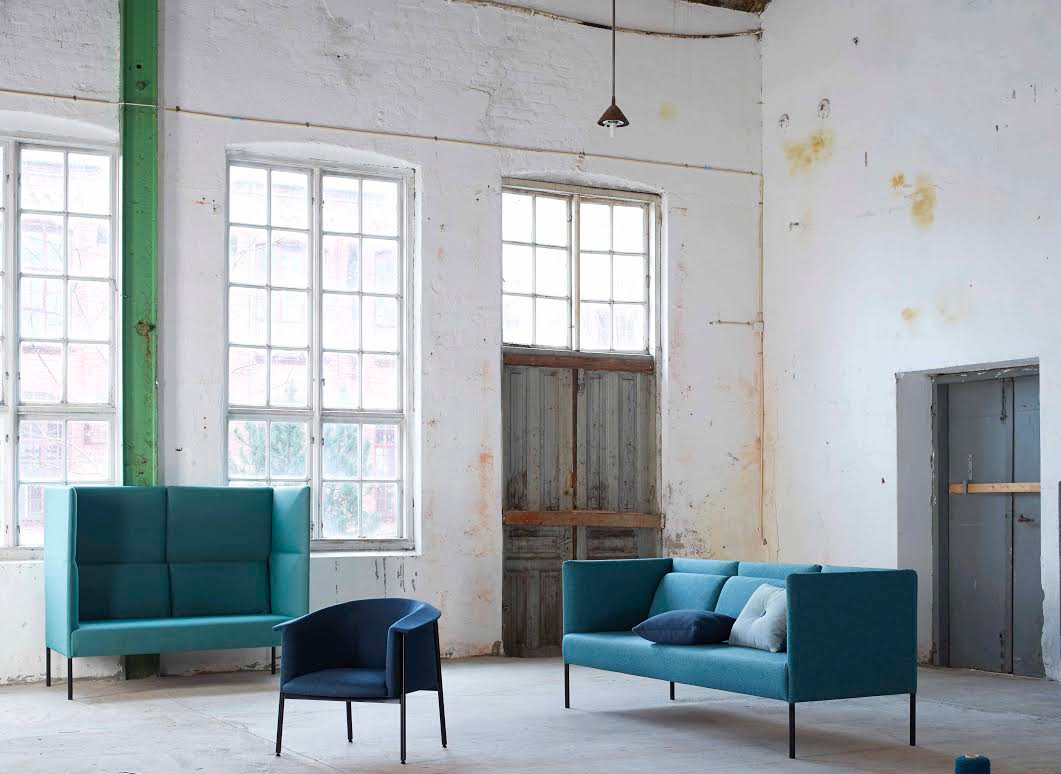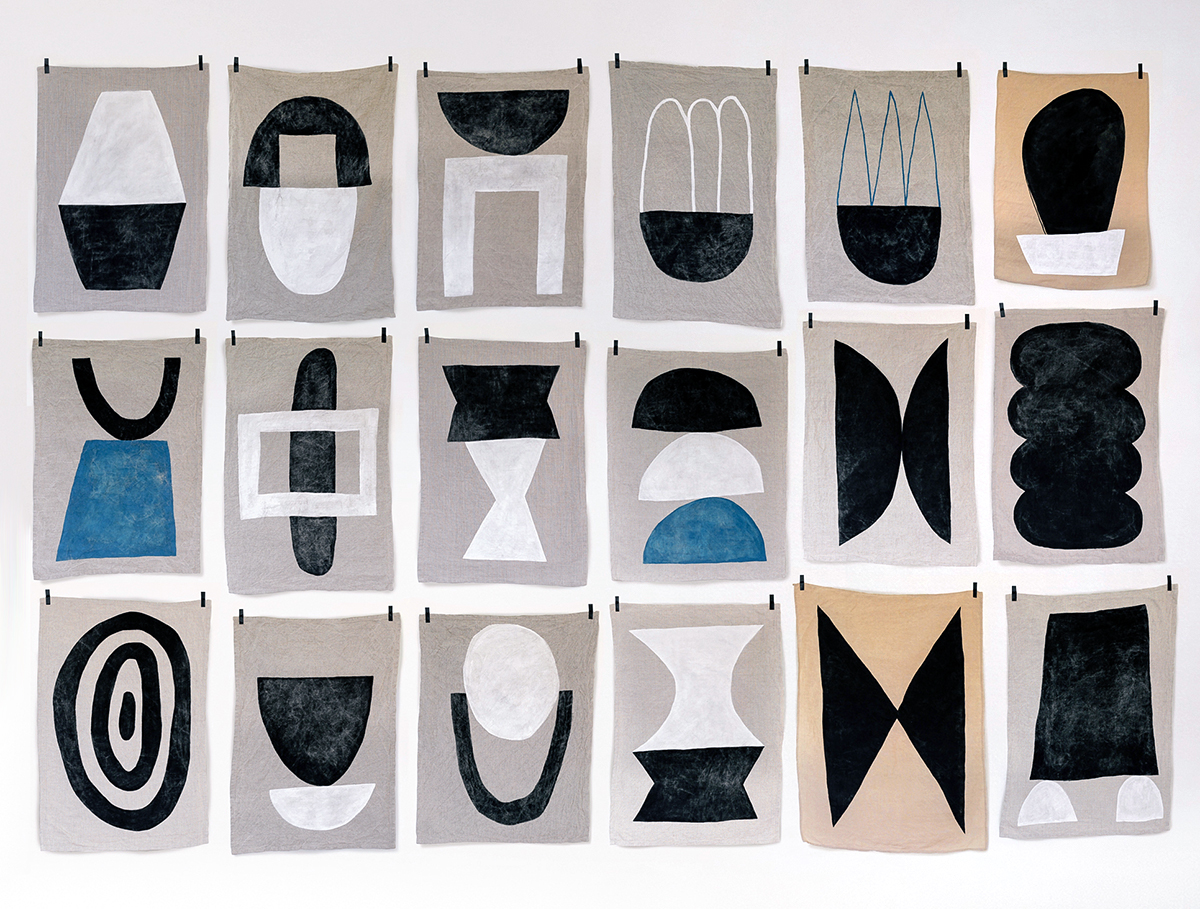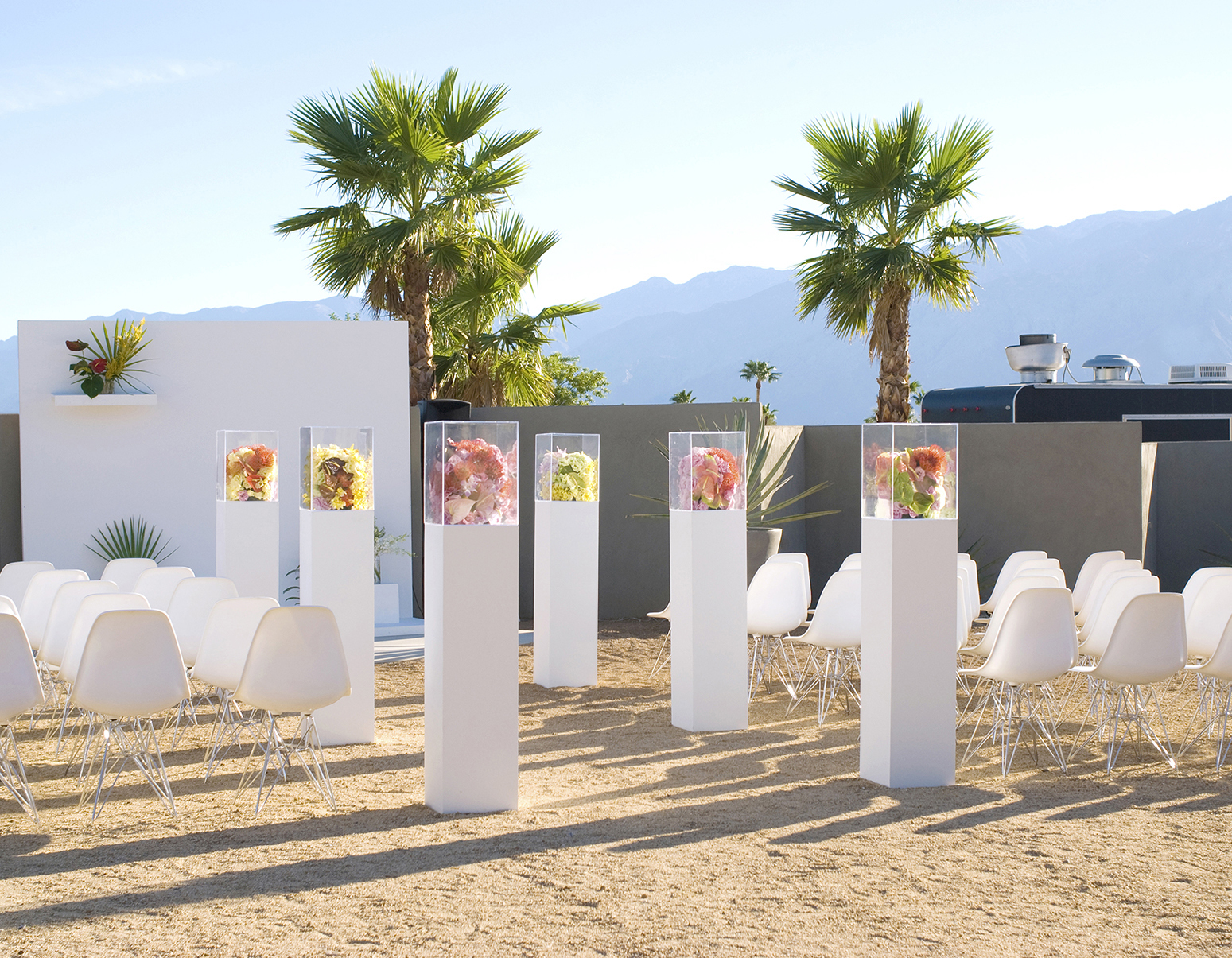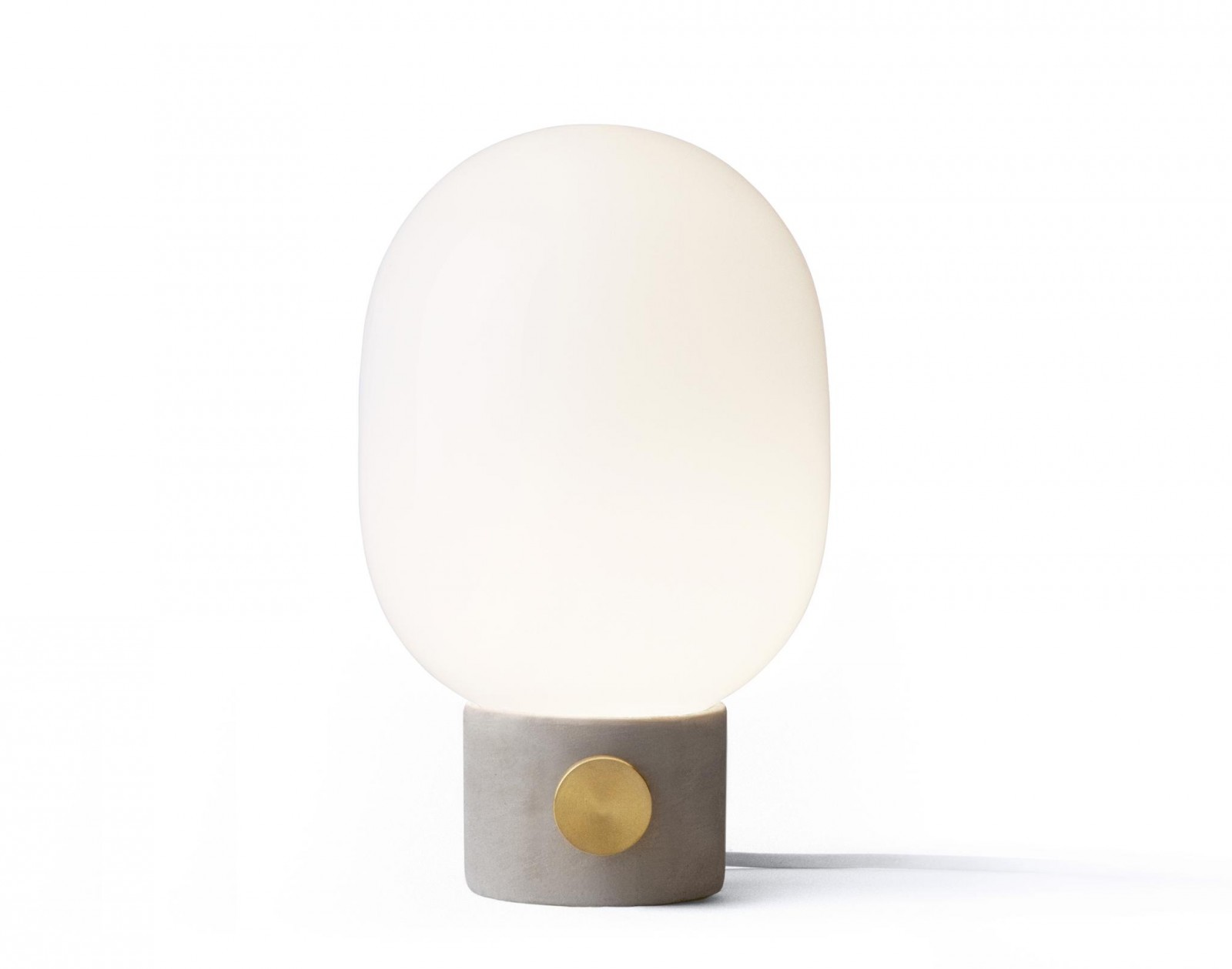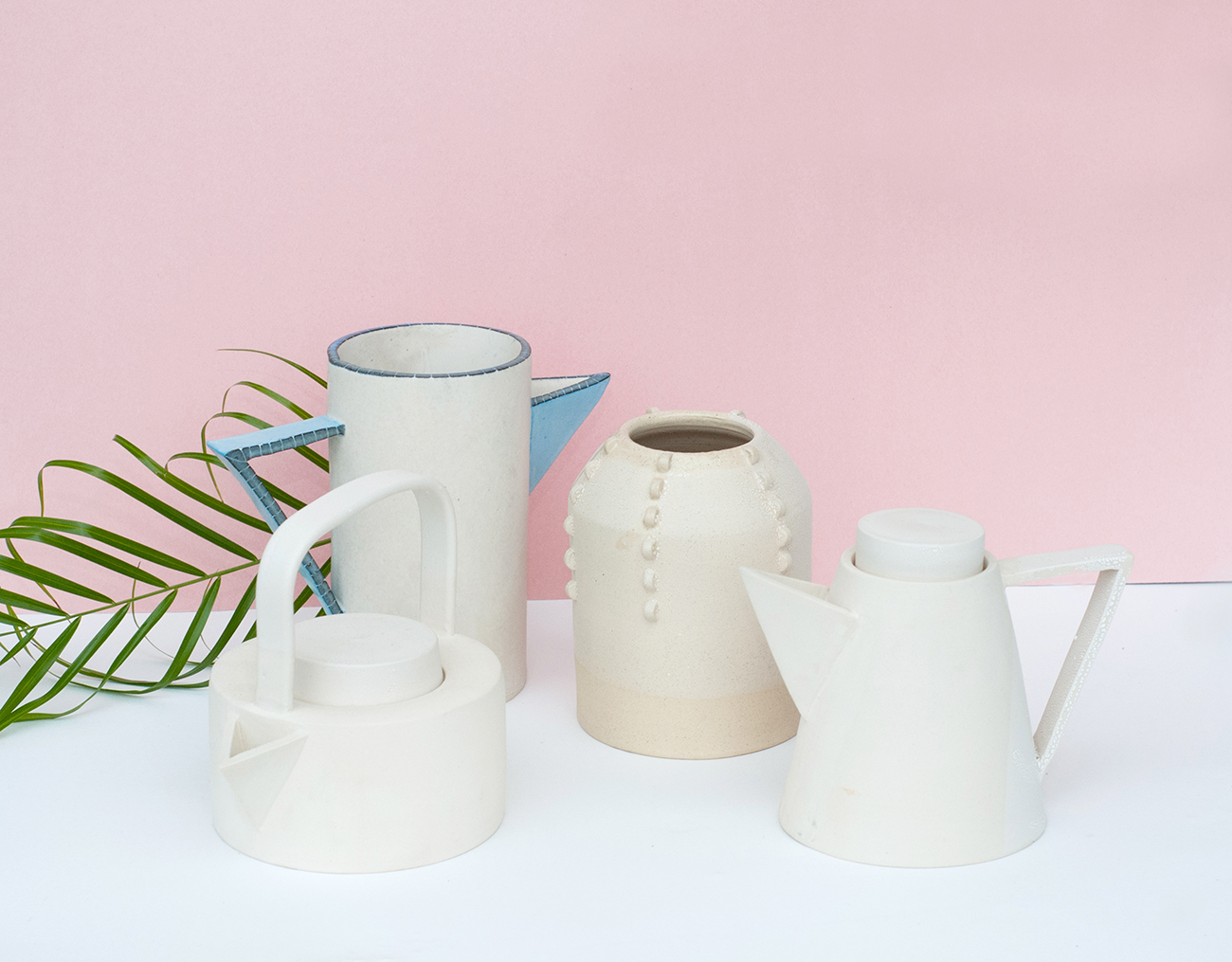
03.25.15
Up and Coming
Jacqueline Klassen, Ceramicist
Jacqueline Klassen didn’t grow up around design; her father was a therapist and her mom a case management worker, and their family’s greatest joy was good food. She didn’t study it either; she holds an undergraduate degree in English literature and was often told, “Go to school! You’d be a great teacher!” But rather than teach, Klassen instead signed up for more classes herself — only this time it was a six-week course in ceramics. “I immediately was in love,” Klassen remembers. “I was always grasping for something that would be a good fit for me; I was trying to make something work, but I hadn’t yet found it.” Over the next year, she toyed with the idea of going to grad school for art history. But when she found herself in the studio, at the wheel more often than not, it became apparent that perhaps she should listen to her gut.
